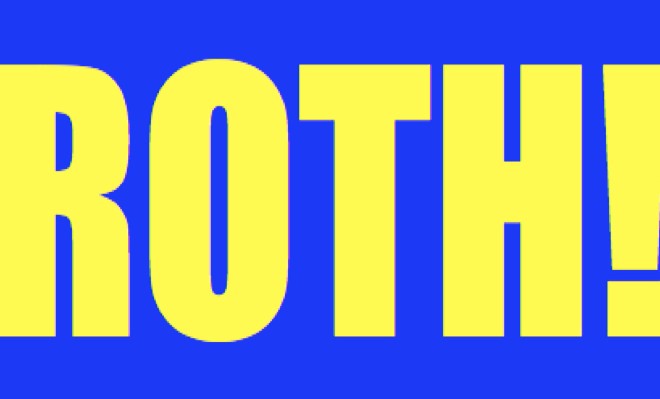Roth 401(k)s Get a Boost
Post on: 30 Март, 2015 No Comment

Jilian Mincer
Updated Oct. 20, 2010 12:01 a.m. ET
You soon may be able to move savings from a regular 401(k) retirement account to a Roth 401(k) thanks to a new law aimed at keeping workers within the company plans.
Those who make the move to the Roth 401(k) version, which will be available at companies with both types of 401(k) accounts, will pay taxes now rather than later. Until recently, this wasn’t possible in a 401(k) plan, although there have been ways for savers to shift money from a traditional individual retirement account to a Roth IRA and from traditional 401(k) plans to IRAs.
Why would someone want to consider shifting 401(k) assets this new way? With income taxes expected to rise, many advisers are encouraging clients to consider ways of reducing tax exposure, including the Roth 401(k), once companies actually start to allow it. Money in a Roth plan—either a Roth 401(k) or a Roth IRA—grows tax-free.
Roth 401(k)s came into existence in 2006 and are slowly becoming more common. It is now offered in about 40% of Vanguard Group’s workplace retirement plans and almost half of the large employer plans offered by Fidelity Investments. Total contribution limits remain the same as at companies with only a regular 401(k)—$16,500 per participant this year, with an additional $5,500 catch-up for those 50 or older—but the money can be divided at will between regular and Roth 401(k)s.
Two other reasons to stay in a company’s 401(k) system versus shifting to an outside IRA: lower-cost investment options, such institutional shares; and 401(k) assets are more shielded from litigation in some states.
The new provision passed in late September as part of the Small Business Jobs Act of 2010, and now companies must determine who is eligible to move money to a Roth 401(k), within the limits set by the Internal Revenue Service.
IRS rules restrict the ability to move assets from a 401(k) elective deferral account to an IRA (whether a regular IRA or a Roth): the participant typically must be 59½ or disabled, or have died, or have changed employers. But IRS rules permit profit-sharing assets to be distributed earlier, and employers may decide to allow participants to roll over profit-sharing assets into the Roth 401(k) account before age 59½.
In part, the change is designed to reduce leakage—that is, money draining out of 401(k) plans and into IRAs or elsewhere—according to Anne Waidmann, a director in the PwC Human Resource Services practice. When assets in a 401(k) plan shrink, administrative costs for the remaining participants typically rise and investment options may be pared back.
Indeed, some high earners and small-business owners have been reluctant to move large sums from a 401(k) to an IRA because a big withdrawal could hurt others in the company plan.
Nate Wenner, a financial adviser in Edina, Minn. says some of his clients are doctors who are in precisely this situation. Some of the doctors have more than a million dollars in their 401(k) plans, he says. The new law will enable them to stay in the 401(k) plan system but still get the advantages of a Roth.
Still, the ability to shift from a traditional to a Roth 401(k) won’t be for everyone.
For one, only a Roth IRA can be re-characterized, says Dave Hill, a financial adviser in Madison, N.J. That enables someone who paid taxes and rolled assets from a traditional IRA into a Roth IRA to reverse that decision by the tax filing date, plus any filing extensions.
The Roth IRA also may be a better option for estate planning because the heirs don’t need to take minimum distributions, as they do with 401(k) plans. Advisers, however, note that can be remedied later by rolling assets from a Roth 401(k) to a Roth IRA.














